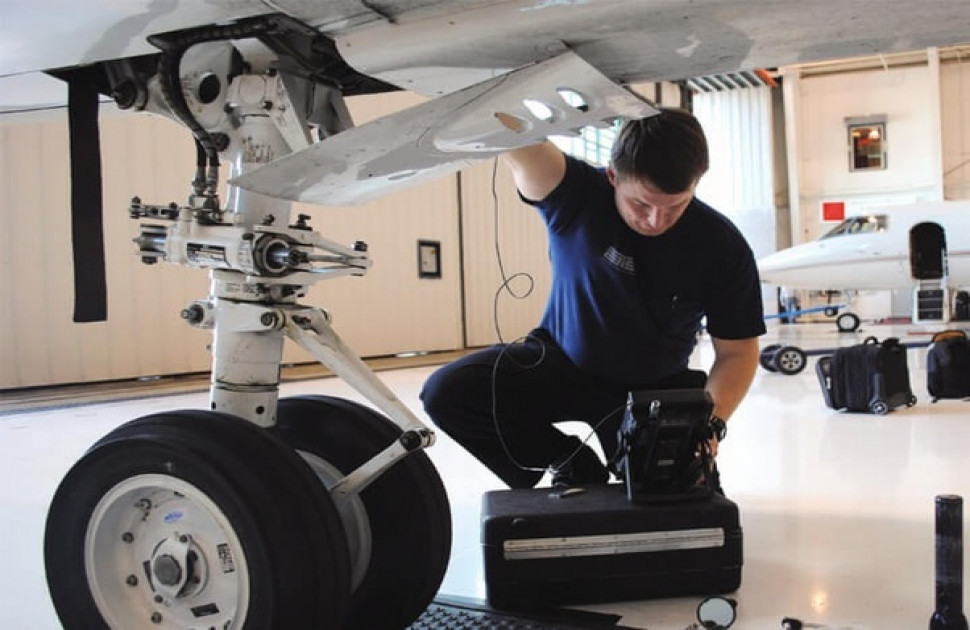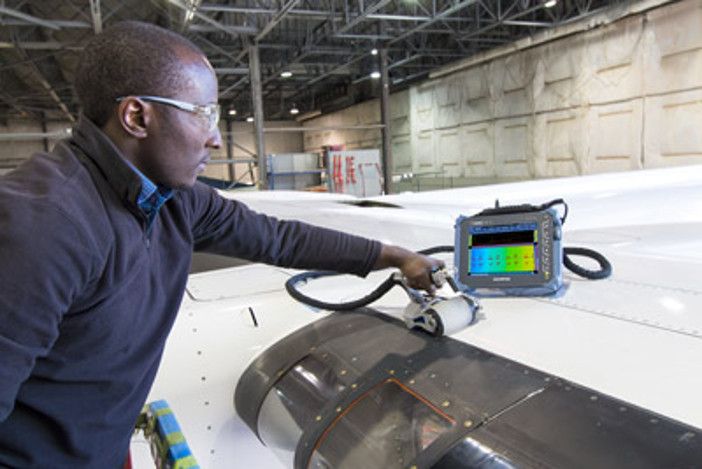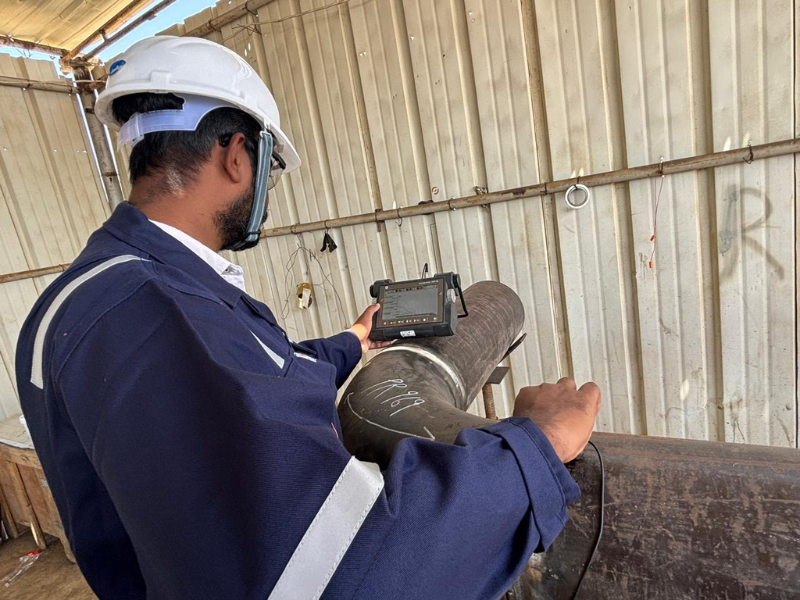In the rapidly evolving world of industrial quality assurance, the integration of technology has become pivotal. A critical component of this technological integration is synchronization in automated visual inspection. This process ensures that visual inspection systems work seamlessly with other automated systems to deliver precise and reliable results.
The importance of synchronization in automated visual inspection cannot be overstated. It plays a crucial role in improving the accuracy and efficiency of inspections, leading to better product quality and enhanced operational efficiency. By minimizing human error and increasing inspection speed, synchronization helps industries maintain high standards while reducing costs.

What is Automated Visual Inspection?
Automated visual inspection is a technology-driven process that uses cameras and image processing software to inspect products for defects. This method is widely used in various industries such as manufacturing, electronics, and automotive, where precision and speed are paramount.
The Role of Synchronization
Synchronization ensures that all components of the inspection system operate in harmony. It aligns the timing of cameras, lighting, and image processing units to capture clear and accurate images of products. This coordination is vital for detecting defects that might be missed by human inspectors.
Benefits of Synchronization in Visual Inspection
The primary benefit of synchronization in automated visual inspection is enhanced accuracy. By ensuring that all elements of the system work together seamlessly, synchronization reduces the likelihood of errors. This leads to more reliable inspection results and higher product quality.
Moreover, synchronization improves efficiency by streamlining the inspection process. It allows for faster inspection times, enabling industries to increase their output without compromising on quality.
Reducing Human Error
One of the significant advantages of automated systems is their ability to minimize human error. With synchronized visual inspection systems, industries can reduce their reliance on human inspectors, who may be prone to fatigue and oversight. This results in more consistent and reliable inspections.
Implementing Synchronization in Your Industry
For industries looking to implement synchronization in automated visual inspection, it is essential to choose the right technology and partners. Companies like Strobox offer advanced solutions that ensure seamless integration and operation of visual inspection systems.
Choosing the Right Technology
When selecting technology for synchronization, it’s crucial to consider factors such as compatibility, scalability, and ease of integration. The technology should be able to adapt to existing systems and processes, offering a smooth transition and minimal disruption.
Challenges and Solutions
While the benefits of synchronization are clear, implementing it can pose challenges. Industries may face issues such as system compatibility, technical complexity, and cost concerns. However, these challenges can be addressed through careful planning and collaboration with experienced technology providers.
Overcoming Technical Barriers
Technical challenges can be overcome by working closely with technology providers who understand the specific needs of your industry. Companies like Strobox offer tailored solutions that address these barriers, ensuring successful implementation and operation.
Future of Automated Visual Inspection
As technology continues to advance, the future of automated visual inspection looks promising. With ongoing developments in synchronization technology, industries can expect even greater accuracy and efficiency in their inspection processes.
Embracing Innovation
Industries that embrace innovation and invest in synchronization technology will be well-positioned to stay ahead of the competition. By leveraging the latest advancements, they can improve product quality, reduce costs, and enhance operational efficiency.

FAQs
What is synchronization in automated visual inspection?
Synchronization in automated visual inspection refers to the alignment and coordination of all components in the inspection system to ensure seamless operation and accurate inspection results.
Why is synchronization important in visual inspection?
Synchronization is crucial because it enhances the accuracy and efficiency of inspections, reduces human error, and ensures that all system components work together harmoniously.
How can industries implement synchronization?
Industries can implement synchronization by choosing the right technology and partners, such as Strobox, who offer solutions that ensure seamless integration and operation of visual inspection systems.
For more insights on inspection processes, visit this external article.
This article contains affiliate links. We may earn a commission at no extra cost to you.
